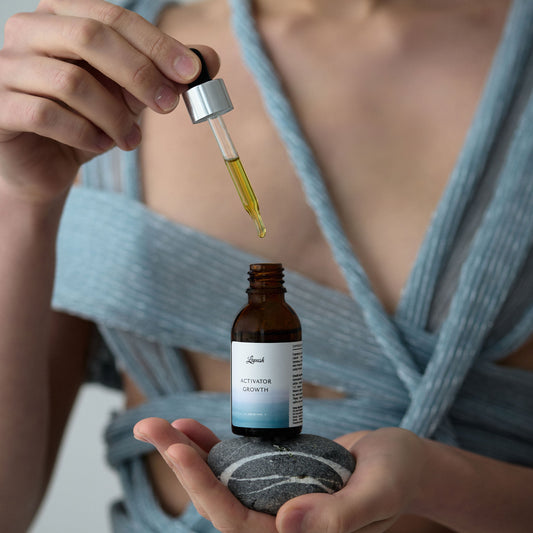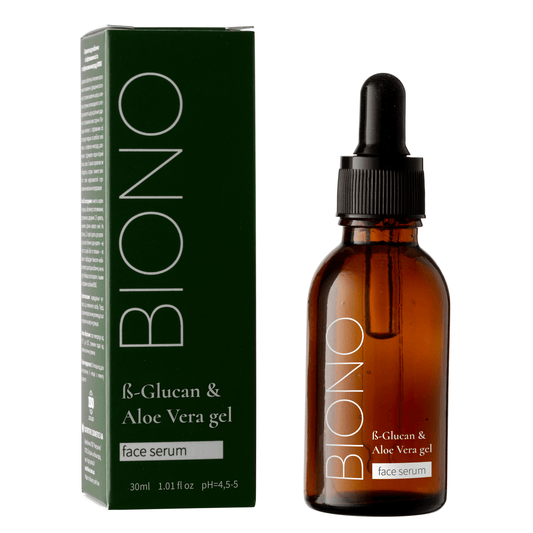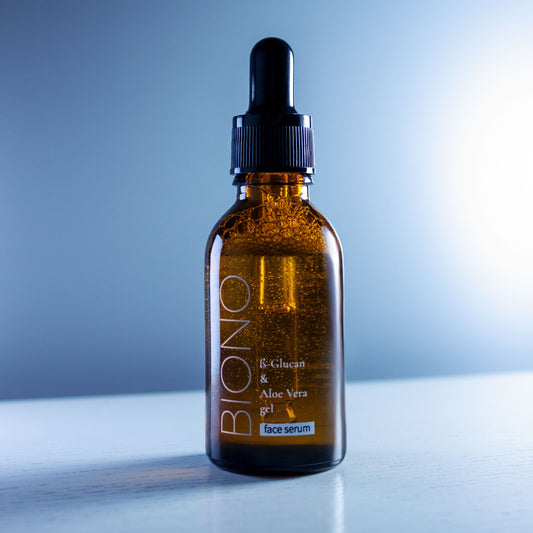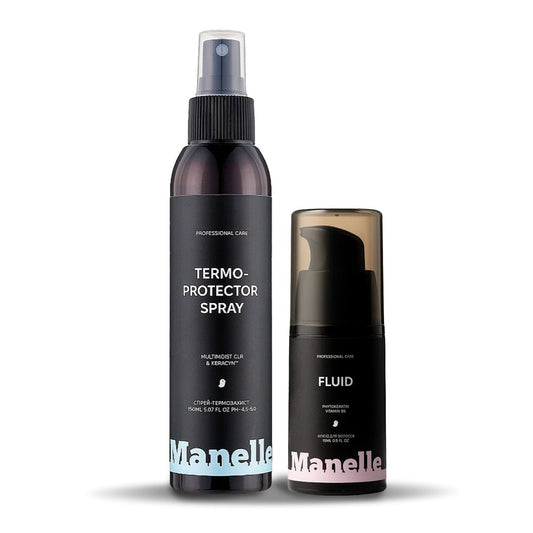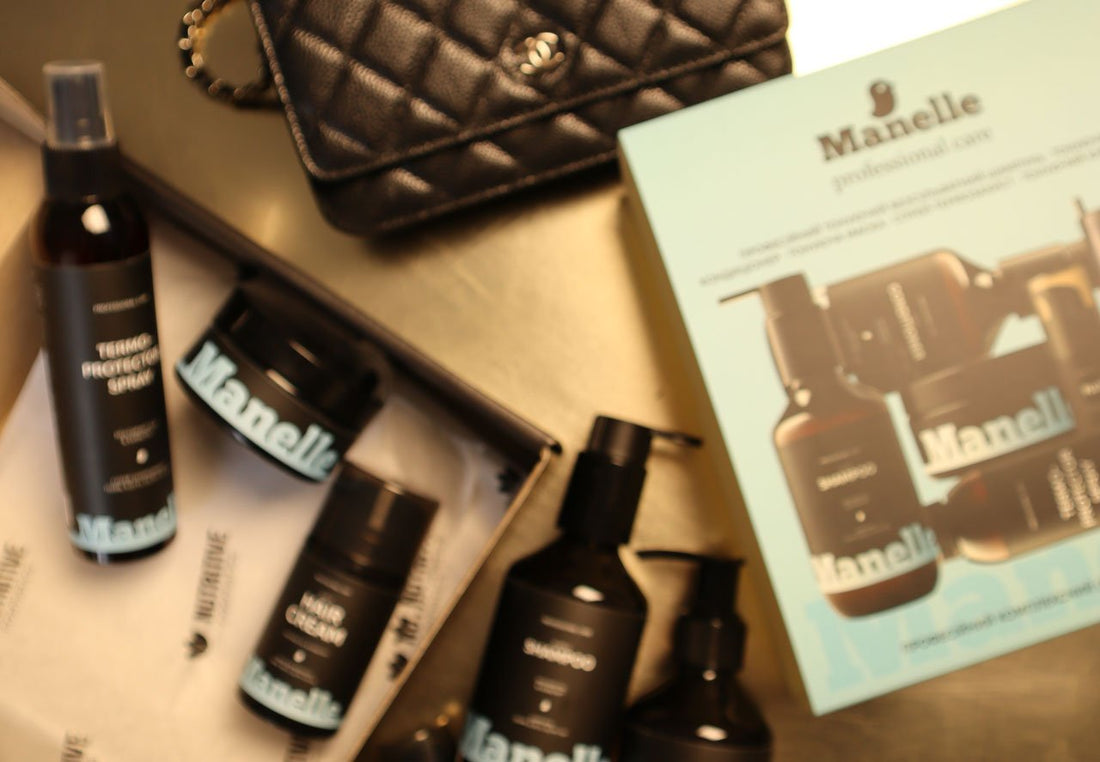
Hair serum - how to achieve the effect of "salon care" at home
Hair serum is a concentrated cosmetic product that has become an indispensable tool in hair care in recent years. Unlike conventional conditioners or masks, serum contains a high concentration of active ingredients that penetrate deep into the hair structure, solving specific problems from split ends to loss of shine. Proper use of serum can radically change the condition of your hair, but only if you understand the features of the product and the technique of its use. In this article, we will analyze in detail all aspects of using serums so that you can get the maximum effect from this wonderful tool.
What is hair serum and how is it different from other products?
Hair serum is a lightweight yet powerful formula that typically contains high concentrations of silicones, oils, vitamins, and other active ingredients. Unlike masks that work primarily on the hair cortex during exposure, serum works instantly on the surface, creating a protective barrier and smoothing the cuticle. Serum molecules are much smaller in size, allowing them to penetrate where regular conditioners can't.
The key difference from oils is their texture and purpose. Oils nourish and moisturize, but can weigh down fine hair, while serums are designed for specific purposes — heat protection, smoothing, shine, strengthening, or anti-static effects. Using a hair serum does not replace basic care, but complements it, working as a finishing touch or targeted therapy. That's why professional stylists call serums "fast-acting cosmetics" for curls.
The variety of formulas allows you to choose a product for any hair type. Light water-based serums are ideal for fine hair, without weighing it down. Richer formulas with oils and ceramides are suitable for dry, damaged or curly hair. There are even specialized serums for colored hair that protect the color, or for hair after chemical treatment that restore disulfide bonds in the keratin structure.

Main types of serums and rules for their application
Thermal protection serums have become an absolute necessity in the era of regular use of blow dryers, flat irons and curling irons. These formulas contain polymers that create a heat-resistant barrier around each hair, distributing heat evenly and preventing keratin from denaturing at temperatures up to 230°C. It is imperative to apply such serums to damp hair before drying - this is when hair is most vulnerable to thermal damage.
Restorative serums with proteins, amino acids and panthenol work at a deeper level, filling damage in the hair structure. Their use is especially effective after aggressive procedures - lightening, perming or keratin straightening. Such serums are applied to damp hair along the length and ends, avoiding the root zone. Exposure is not required - the active ingredients start working immediately, and the residues are not washed off.
Shine and smoothing serums are the most popular category for daily use. They contain various types of silicones (dimethicone, cyclomethicone), which coat the hair, smooth the cuticle scales and create a mirror-like shine. These serums can be used both on damp hair before styling and on dry hair for a final polish. The main rule is to use a minimal amount, otherwise the hair will look greasy and unkempt.
Step-by-step instructions: how to properly apply hair serum
The first step in properly applying hair serum is determining the amount of product needed. For short hair, 1-2 pumps are enough, for shoulder-length hair - 2-3, for long hair - 3-4 pumps. These are approximate guidelines that are adjusted depending on the density and porosity of your curls. The most common mistake is using too much serum, which makes your hair heavy and devoid of volume.
The technique of applying the serum is critical for an even result. Squeeze the required amount into the palm of your hand, rub between your hands - this activates the ingredients and makes it easier to apply. Start from the mid-lengths of the hair, moving towards the ends, where the hair is most damaged and needs care. Avoid applying to the roots - this is the most common mistake that leads to quick contamination and loss of volume. Distribute the serum with your fingers or a wide-toothed comb for the most even coverage.
The third stage is proper time management of application. After washing, apply the serum to damp hair before heat styling, giving it 30-60 seconds for partial absorption. On dry hair, apply as a finishing touch after the hairstyle is completely finished, focusing on areas that need additional control - the face frame, ends, and flyaways. When applying to dry hair, it is especially important to dose the product in microscopic portions, as its excess will be impossible to remove without re-washing.
Serum application depending on hair type and condition
Fine hair requires a particularly delicate approach to serum application. Choose lightweight, silicone-free or volatile silicone-free formulas that do not weigh down the structure. Apply a minimal amount — literally a drop, distributing exclusively along the lengths and ends. For fine hair, spray serums are ideal — they provide the most even and light coverage. Applying to damp hair before drying will add volume, while applying to dry hair can visually reduce the pomp of the hairstyle.
Thick and curly hair, on the other hand, needs more intense nourishment. Serums with argan, macadamia or jojoba oils are ideal for these types. Applying the "scrunching" method - squeezing the curls from the bottom up with the serum in the palms - helps to form beautiful, bouncy curls without fluffiness. For this type of hair, you can use a larger amount of product, distributing it along the entire length in sections, which guarantees even coverage of even thick strands.
Damaged and color-treated hair benefits most from a repairing serum with proteins and ceramides. These formulas should be used systematically — after each wash on damp hair, plus an additional application to the ends before bed. Applying a small amount of serum to the ends at night (by tying your hair into a loose bun) will provide intensive repair. Pay special attention to the mid-lengths to the ends — this is where color-treated hair is most vulnerable and porous.
Common mistakes when using hair serum and how to avoid them
The most common mistake is applying serum to the roots of the hair. This not only deprives the hairstyle of volume, but also leads to rapid contamination, as the product mixes with sebum. Even if you have very dry hair, the roots do not need additional "sealing" with serum - they receive nutrition directly from the scalp. Proper application starts at least 5-7 centimeters from the roots, focusing on the length and tips.
The second critical mistake is using too much product. Many users are guided by the principle of "more is better", which categorically does not work with serums. These concentrated formulas are designed to work in minimal doses, and even one extra drop can ruin the result. If your hair looks greasy or sticky after application, you have used too much product. It is better to start with a minimum amount and gradually increase the dose, observing the reaction of your hair.
Here is a list of common mistakes to avoid:
- Applying to dirty hair - the serum cannot penetrate through the layer of styling or sebum
- Application without prior rubbing in the palms - leads to uneven distribution
- Using serum instead of basic care - it complements, but does not replace shampoo and conditioner
- Ignoring hair type when choosing a formula – a heavy serum for fine hair or a light one for very dry hair will not give results
- Mixing multiple serums at the same time can lead to ingredient conflicts and unpredictable effects.
Professional serum application techniques for various purposes
To create a "wet hair" effect or slick hairstyle, the application of the serum should be different. On clean, damp hair, apply a larger amount of product than usual, distributing with a comb from roots to ends. Then comb the hair in the desired direction and let it dry naturally or with a hairdryer. Serums with a high content of silicones will create a glossy, smooth look that remains stable all day without additional fixation.
The serum pre-shampoo technique is gaining popularity among hair care experts. Apply a small amount of oil serum to dry lengths of hair 15-30 minutes before washing. This creates a protective barrier that prevents excessive swelling of the cuticle from water and the aggressive effects of shampoo. This technique is especially effective for porous, damaged or color-treated hair. After washing, hair will be smoother, shinier and less prone to tangling.
For heat protection during styling, follow the "multi-layer application" rule. The first layer is applied to damp hair before blow-drying, the second to individual strands immediately before using an iron or curling iron. This method provides maximum protection from high temperatures. Use specialized heat protection serums with a temperature range mark - quality products protect up to 230°C. Using ordinary shine serums will not provide adequate protection from heat tools.
How to integrate serum into your comprehensive hair care routine
Hair serum is most effective in combination with a properly selected care system. After cleansing with a shampoo that suits your hair type, apply a conditioner or mask for basic hydration and restoration. After rinsing, lightly dry your hair with a towel, removing excess moisture, but leaving the curls damp. It is at this stage that the serum comes in — it will "seal" the beneficial substances from the conditioner inside the hair and prepare it for styling.
The frequency of serum application depends on the condition of the hair and the type of formula chosen. Light shine serums can be used daily - after each wash and as a finishing touch on dry hair. Intensive restorative serums with proteins are best limited to 2-3 times a week to avoid overloading the hair with protein, which can lead to brittleness. Thermal protection serums are applied every time before using hot tools - this is a non-negotiable rule for hair health.
Combining different serums for maximum effect is a technique of professional stylists. The distribution is based on the principle of zoning: heat-protective serum for the entire length before drying, restorative serum for the middle of the length and ends after drying, shine serum for the surface of the hairstyle as a finish. The key to success is to use microscopic doses of each product. Using several serums at the same time requires experience and caution, so beginners are better off starting with one universal formula.

Seasonal features of the use and storage of hair serums
Summer serum use should take into account the effects of ultraviolet rays, chlorinated water and salty sea water. Choose formulas with SPF filters or add a special UV hair protection under the serum. Before swimming in the pool or sea, apply a generous layer of silicone serum - it will create a water-repellent barrier, minimizing the penetration of aggressive substances. After each swim, rinse your hair with fresh water and apply a fresh layer of serum to damp strands.
In winter, hair needs more intensive nourishment due to low air humidity from heating and temperature changes. The use of nourishing serums with oils becomes a daily necessity. Apply a small amount to the ends before going outside to protect them from static and brittleness in the cold. Under a hat, hair also suffers from friction, so the serum creates a protective sliding layer, reducing mechanical damage.
Proper storage of serums extends their shelf life and effectiveness. Keep bottles in a cool, dark place, away from direct sunlight and heat sources - windows, radiators, bathrooms with high humidity. After each use, close the lid tightly to prevent oxidation of the active ingredients. If the serum has changed color, smell or texture - it has spoiled and its use may harm the hair. Opened serums are usually stored for 6-12 months, which is indicated on the packaging by the symbol with an open jar.


